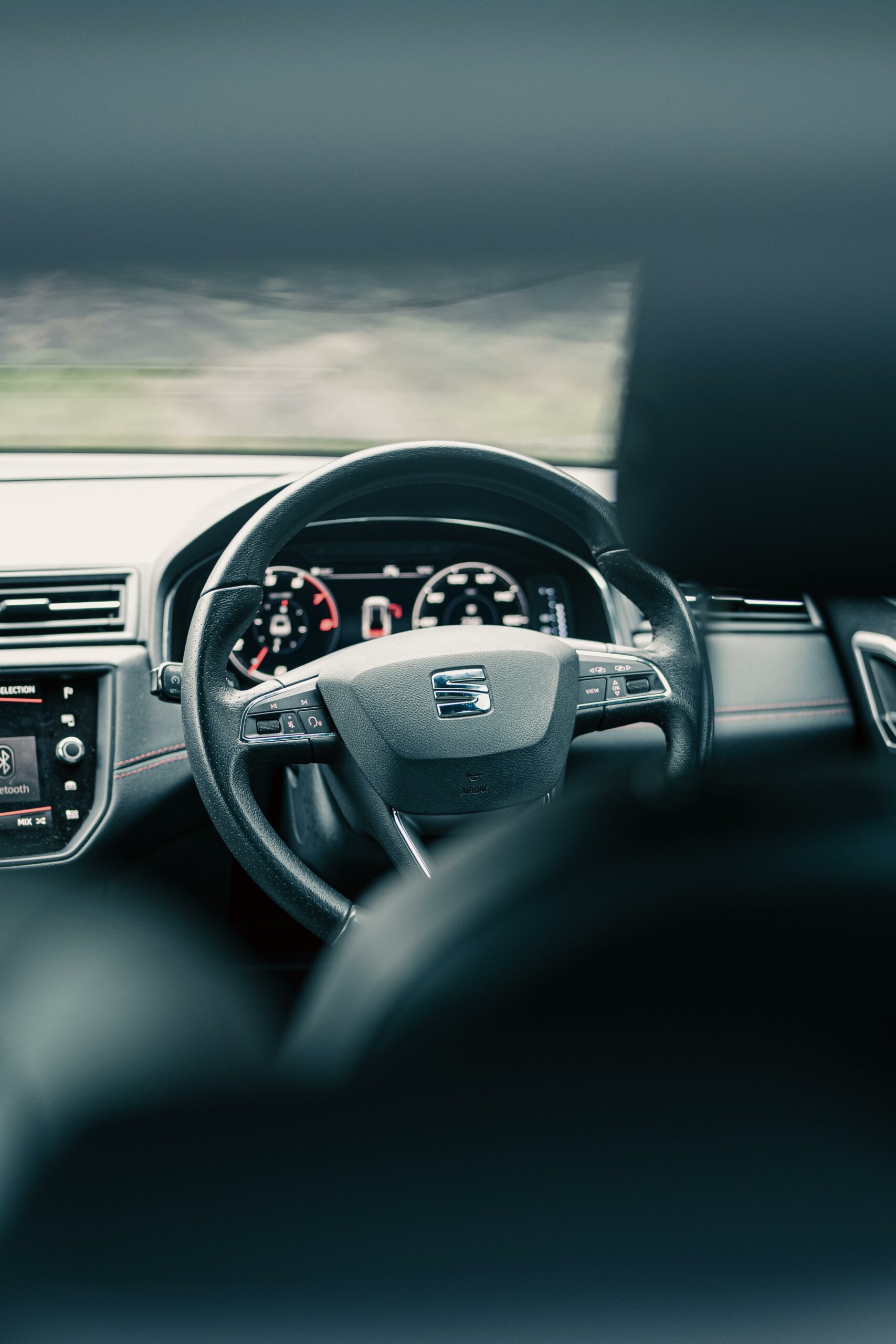Motoring
The Truth About Bank Repos: Are They Really a Steal?

The promise is tantalizing. A nearly new car, sold for a fraction of its value because a previous owner fell on hard times. Bank repossessed cars, or “repos,” have a reputation for being the ultimate steal. But behind the allure of a bargain lies a high-risk, high-reward game that can leave unprepared buyers with a very expensive lesson.
A repo isn’t a simple used car purchase. It’s buying a vehicle “voetstoots,” as-is, where-is, with no warranty and often, no chance for a proper test drive. Understanding the process is your only defence.
The Unvarnished Reality of the Auction Floor
The first thing to know is that you are not just bidding against other private buyers. You are up against seasoned dealers who make a living from this. The atmosphere can be fast-paced and intimidating, designed to encourage impulsive bids.
The cars themselves are a mixed bag. Some are in excellent condition, repossessed after only a few months. Others have been neglected, with hidden mechanical issues or damaged interiors. The bank selling the car has no knowledge of its history. They are selling an asset, not a certified pre-owned vehicle.
Your Pre-Auction Reconnaissance Mission
Success is determined before the auctioneer even raises the gavel.
-
Do Your Homework: Reputable auction houses publish their catalogues online days in advance. Study them. Identify a few potential cars that fit your budget and needs.
-
The Viewing is Everything: This is your one and only chance to inspect the car. Go with a friend and a checklist. Check the oil for sludge, look for signs of flood damage under the carpets, and inspect the body for uneven paint that might indicate a crash repair. Bring a tyre pressure gauge and a battery tester simple tools that can reveal a lot.
-
Set a Hard Limit: It’s easy to get caught in a bidding war. Decide on your maximum bid, including the buyer’s premium (usually 10-15%), and stick to it. Remember, a “bad buy” at an auction is often worse than a bad buy from a private seller.
The Hidden Costs of a “Bargain”
The hammer price is just the beginning. You must factor in:
-
Buyer’s Premium: The auction house’s fee, a percentage of the winning bid.
-
Outstanding Fines: The car may have traffic fines that become your responsibility. You can check this online before bidding.
-
Immediate Repairs: Budget for a full service, new tyres, or other unforeseen repairs. Assume the worst and be pleasantly surprised if it doesn’t happen.
Buying a repo can be a path to a great deal, but it is not for the faint of heart or the mechanically uninformed. It is a calculated risk. For every person who drives away in a perfect car for half its value, there is another who drives away in a project that doubles their initial investment. Go in with your eyes wide open, not just your wallet.
Click here to keep up with the latest Motoring News
Follow Carmag on Instagram and Facebook
Click here to browse a selection New and Used Cars for Sale



























